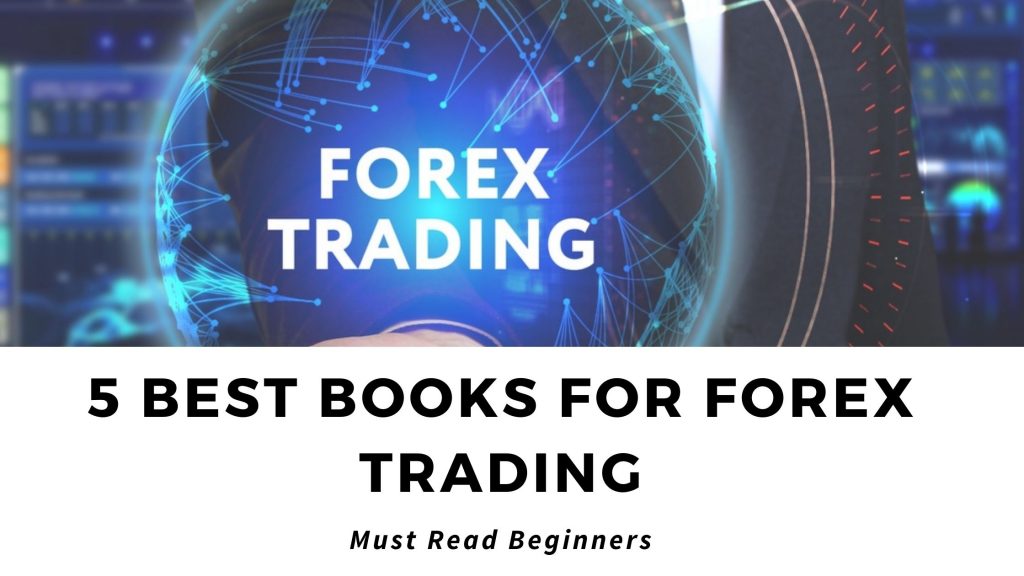Introducing the Forex Market for Beginners
The foreign exchange market, or forex, is a decentralized global marketplace where currencies are traded. It’s the largest and most liquid financial market in the world, with an average daily trading volume exceeding $5 trillion. Forex trading involves buying and selling of currencies, making it a highly speculative and volatile market.

Image: in.pinterest.com
The allure of forex trading lies in its potential for high returns, accessibility for individual traders, and 24-hour trading environment. However, it’s crucial to approach forex trading with caution, as it carries significant risks. Understanding the fundamental principles, conducting thorough research, and employing sound risk management strategies are essential prerequisites for successful trading.
Mastering Forex Trading: A Comprehensive Guide
Understanding Currency Pairs and Exchange Rates
In forex trading, currencies are traded in pairs, with the first currency representing the “base” and the second representing the “quote.” The exchange rate indicates how much of the quote currency is required to purchase one unit of the base currency. For instance, an exchange rate of EUR/USD 1.12 represents that one euro is equal to 1.12 US dollars.
Exchange rates fluctuate continuously due to various factors, including economic conditions, interest rate differentials, geopolitical events, and market sentiment. Traders attempt to profit from these fluctuations by buying and selling currencies at opportune moments.
Types of Forex Orders and Trading Strategies
Different types of forex orders are available to traders, such as market orders, limit orders, and stop orders. Each order type serves a specific purpose and caters to varying trading scenarios. A market order is executed immediately at the current market price, while a limit order is placed at a predetermined price and only executed when the market reaches that price.
There are numerous forex trading strategies employed by traders, ranging from scalping to position trading. Scalping involves taking quick profits on small price movements, while position trading aims for longer-term gains by holding positions for days or even weeks. The choice of strategy depends on the trader’s risk appetite, time horizon, and market analysis.

Image: www.khansirpatna.com
Essential Risk Management Techniques
Risk management is paramount in forex trading. Employing techniques such as stop-loss orders, position sizing, and proper leverage management can help traders mitigate potential losses. A stop-loss order is an instruction to automatically sell a currency if it reaches a specified price, thereby limiting potential losses.
Position sizing refers to determining the suitable trading amount relative to the trader’s account balance. Overleveraging, or borrowing excessive funds to trade, can amplify both profits and losses, increasing the risk exposure.
Enhancing Your Trading Knowledge and Skills
Continuous learning and skill development are crucial for forex traders. Reading books, attending webinars, and participating in online forums are excellent ways to gain valuable insights and stay abreast of market trends. Additionally, practicing trading strategies with a demo account before deploying real capital can help hone trading abilities and boost confidence.
Seeking guidance from experienced mentors or joining trading communities can offer invaluable assistance and support. By connecting with fellow traders, sharing ideas, and accessing expert insights, traders can make informed decisions and enhance their trading performance.
Frequently Asked Questions (FAQs)
Q: Is forex trading legal?
A: Yes, forex trading is legal in most countries, although regulations vary by jurisdiction. It’s advisable to check with local authorities to ensure compliance.
Q: How do I start forex trading?
A: To start forex trading, you need a trading account with a reputable broker, which provides access to the trading platform and market data. It’s crucial to research brokers thoroughly and choose one that aligns with your trading style and risk tolerance.
Q: How much money do I need to start forex trading?
A: The minimum deposit required to start forex trading varies depending on the broker and account type. Some brokers offer micro accounts that allow trading with minimal capital, while others require higher initial deposits. It’s essential to start with an amount you can afford to lose and gradually increase your trading capital as you gain experience.
List Of 2016 Forex Books
Conclusion
Forex trading presents both opportunities and risks, and approaching it with a well-informed and responsible mindset is imperative. The books recommended in this article provide invaluable insights into the intricacies of forex trading, empowering aspiring and seasoned traders alike to navigate market complexities and make sound trading decisions.
Whether you’re a novice or a seasoned professional, we encourage you to explore these comprehensive resources and quench your thirst for forex knowledge. Remember, education is the cornerstone of successful trading, and by investing in your learning, you are laying the foundation for sustainable profits and long-term success.
Are you ready to embark on the exhilarating journey of forex trading? Let us know by leaving a comment below!






